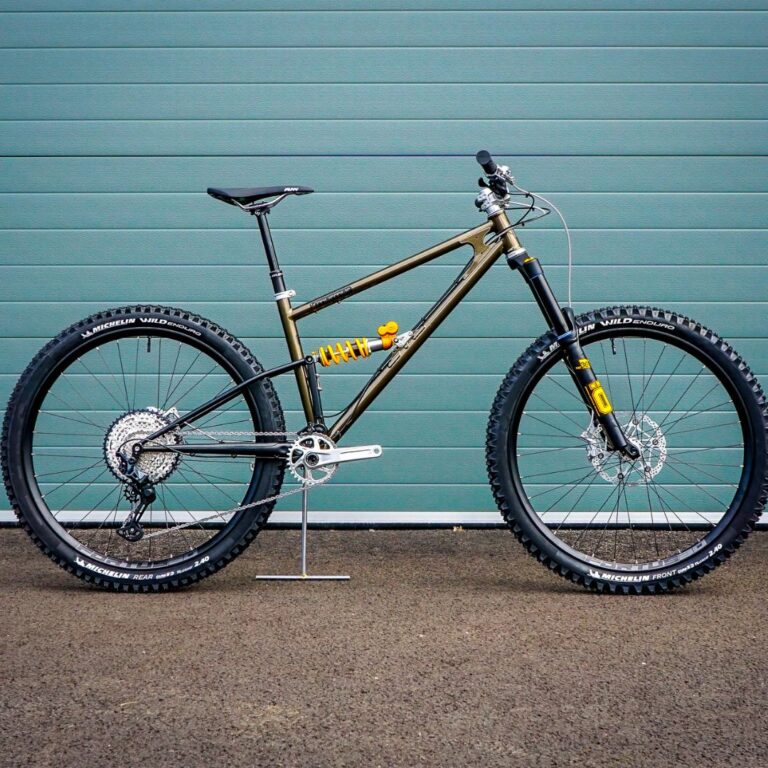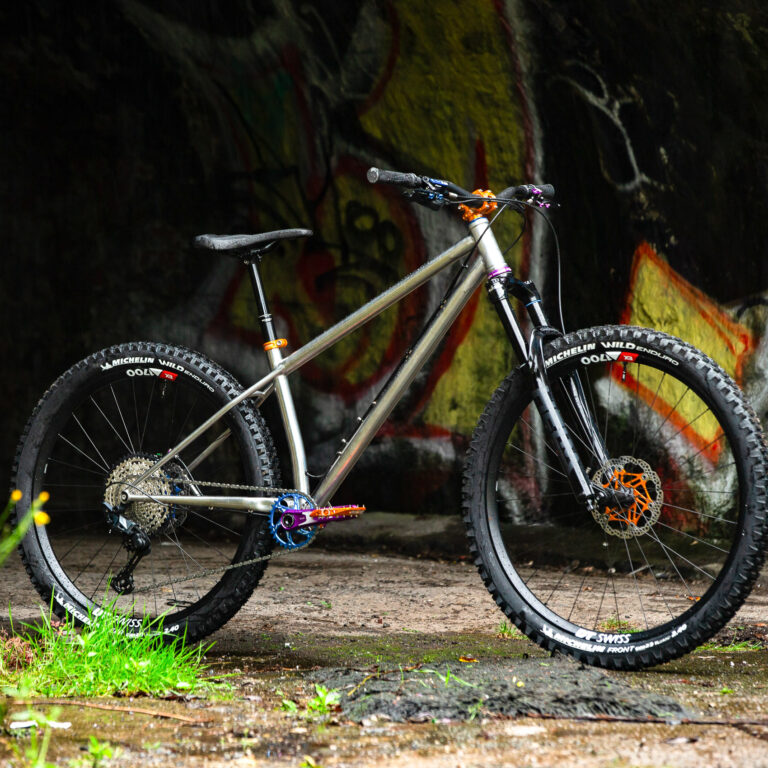Why Build Steel Mountain Bike Frames?
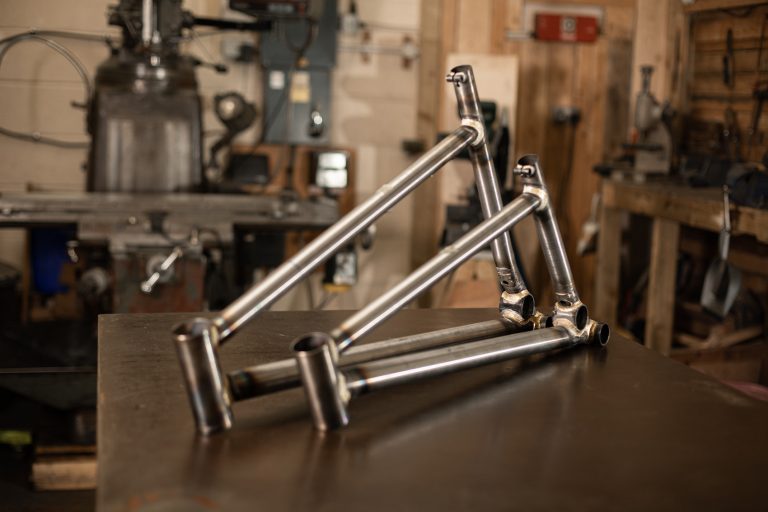
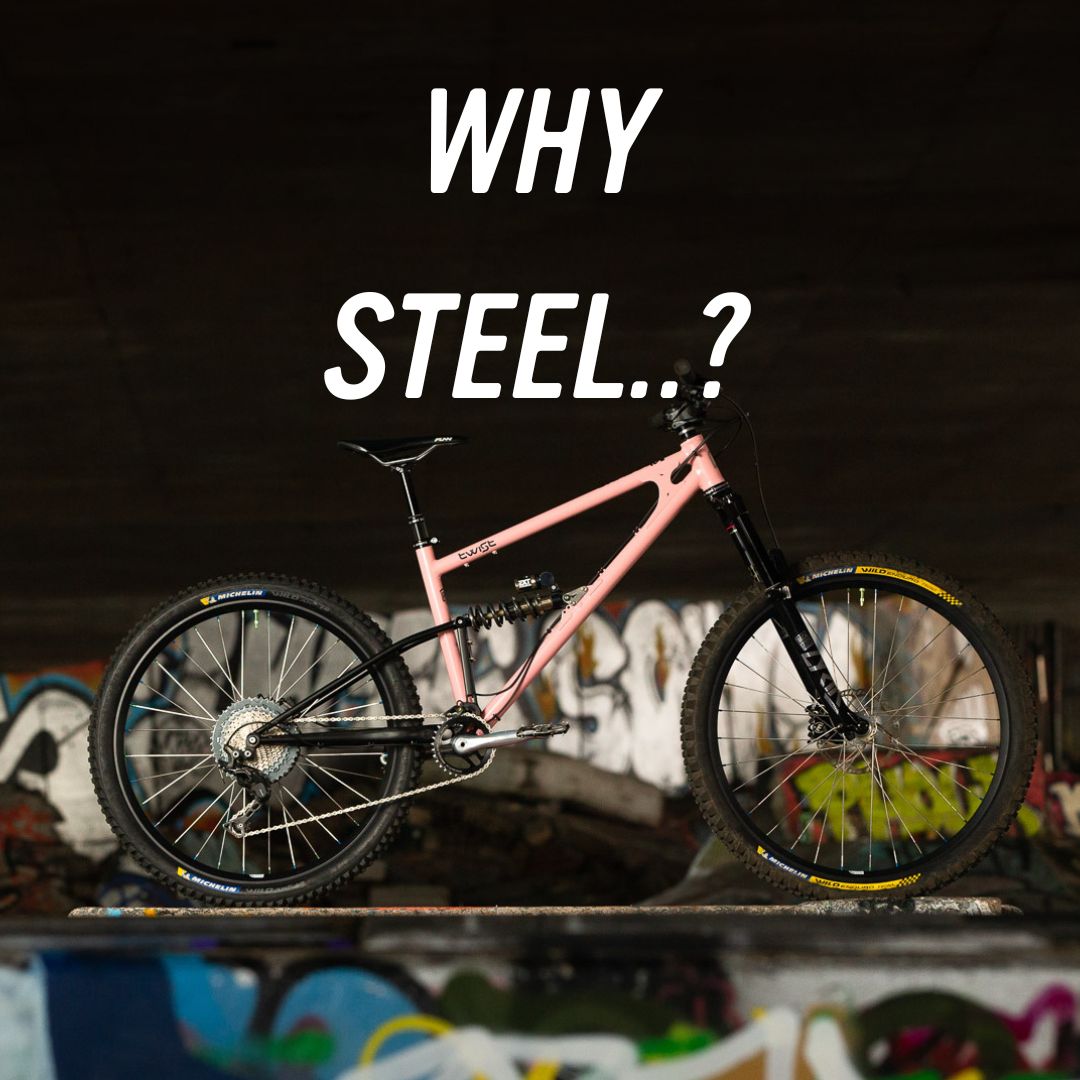
In case you didn’t know, I’m Joe McEwan, the founder of Starling Cycles.
I started my career working as a stress engineer in the aerospace industry; assessing aeroplane structure for strength and designing new parts.
For much of my career, I focused on Research and Development in the carbon composites field, developing new analysis methods and designs for the latest generation of carbon aircraft.
So why would someone so familiar with carbon fibre choose to build bikes from steel? Steel is obviously an outdated and heavy material that belongs in the steam age, right?
Well, no, wrong. Sorry!
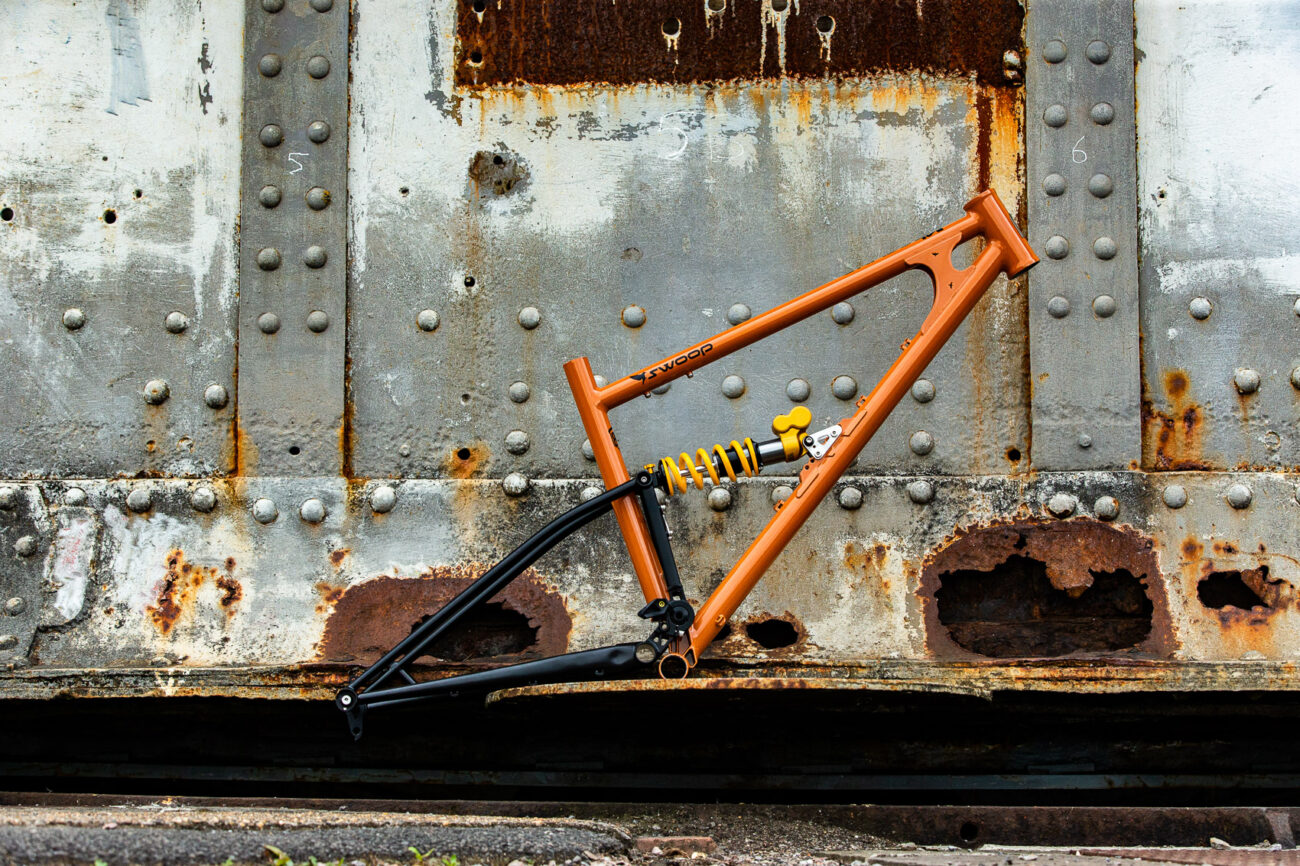
Steel, Carbon and Alloy. Which IS best?
Firstly steel is strong and tough. It can take impacts, and even if dented, it still maintains much of its strength.
Carbon fibre is useless when subjected to impacts, often with much more damage internally than shown on the outside.
Damage to aluminium can result in crack initiation sites and subsequent fatigue damage. That’s bad.
Although steel as a material is much stiffer than aluminium and carbon fibre (200GPa for steel, 70GPa for aluminium and similar for quasi-isotropic carbon fibre), wall thickness and manufacturing mean steel bikes tend to use smaller diameter tubes, whereas aluminium and carbon use larger diameter tubes. The smaller diameter tubes are more flexible resulting in a more compliant frame. The benefits of this are discussed elsewhere.
People often think you can build flexible carbon fibre and aluminium frames. But if you reduce diameter on aluminium frames you push up stress level and fatigue failure becomes more of an issue. With carbon fibre, it much hard to manufacture small diameter tubes.

Quiet at the back!
Another benefit of small-diameter steel tubes is acoustics.
Large diameter tubes made of carbon and aluminium frames act as a sound box, increasing the unavoidable noises that come from riding a bike over rough terrain. Steel bikes with small diameter tubes don’t exhibit this behaviour and are silent.
You can’t underestimate how important this is.
A silent bike allows you to fully concentrate on riding it, taken to it’s extreme it even allows you to start hearing how the tyres are interacting with the ground. Once you’ve ridden a silent bike, you never go back to a clattery, resonating bag of spanners!
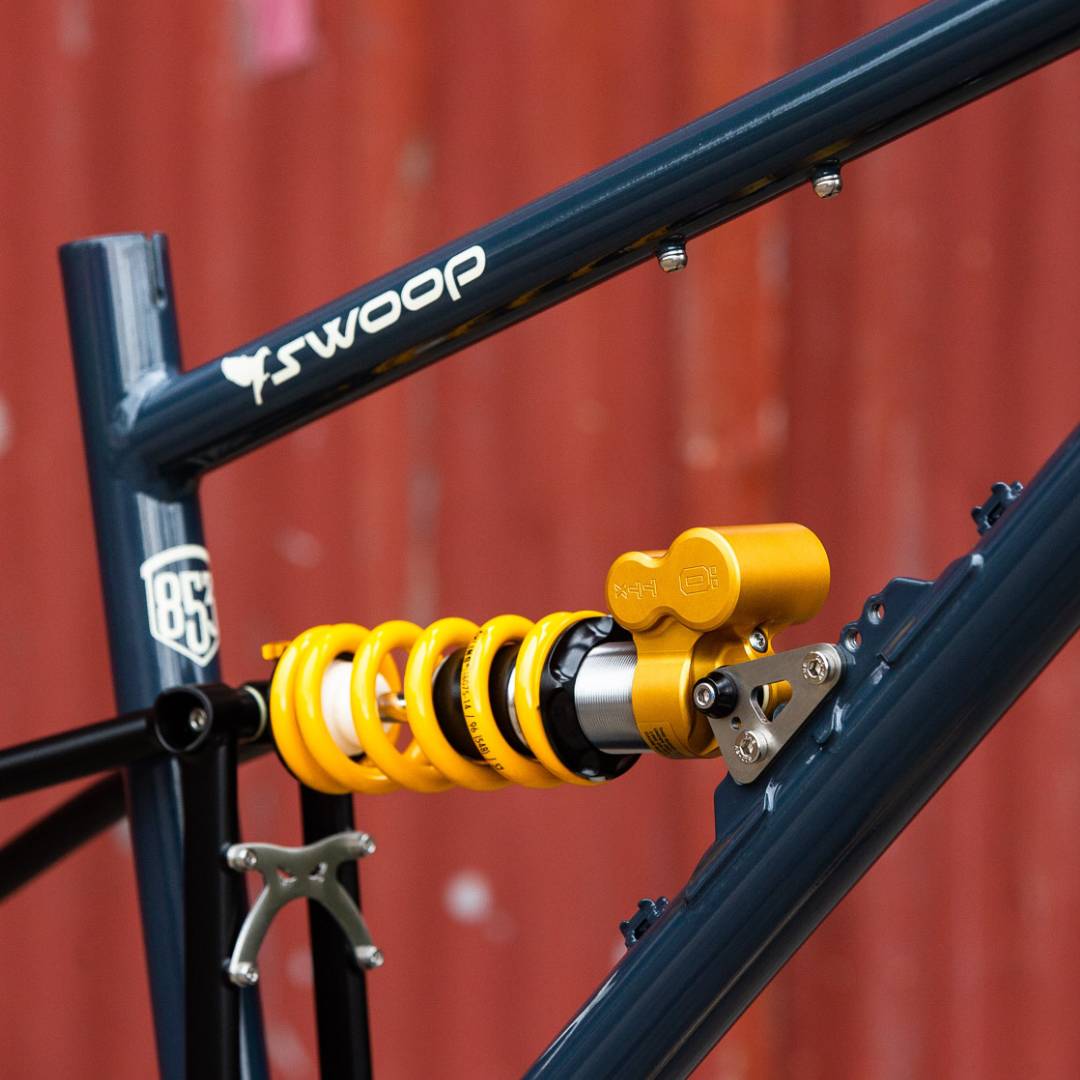
go green
Environmentally, steel also has massive benefits over aluminium and carbon.
Steel and indeed aluminium can easily, and are readily, recycled.
In fact on average 85% of the worlds steel is recycled, including my bikes. One steel bicycle brand recently used this as a marketing point, “Our frame are mostly made from recycled steel”, all steel bikes are, dummy.
Carbon fibre cannot be recycled, as much as some companies lie and tell you it can. It can be reused, but in all cases, the quality of the material is degraded, often it is just crushed and used as filled in much lower grade composite materials.
The word recycled means it can go back to the start and this cycle can continue forever, but more important than recycling is repairability. Recycling is good, but in all cases you need to put in large amounts of energy to get the material back to its original state. A much better solution is to be able to repair and continue to use the product.
Steel can easily be repaired; tubes can be replaced, patches added, dents removed. This is possible with aluminium, but top-end bicycle frames will always require heat treating post welding to achieve full strength. Carbon can be cosmetically repaired, but structural repairs are tricky and not reliable as you are unable to see any internal damage within the structure.
You can read the Starling Cycles Environmental Impact Assesment Report here, if you’re interested in whether steel bikes are more sustainable than other materials.
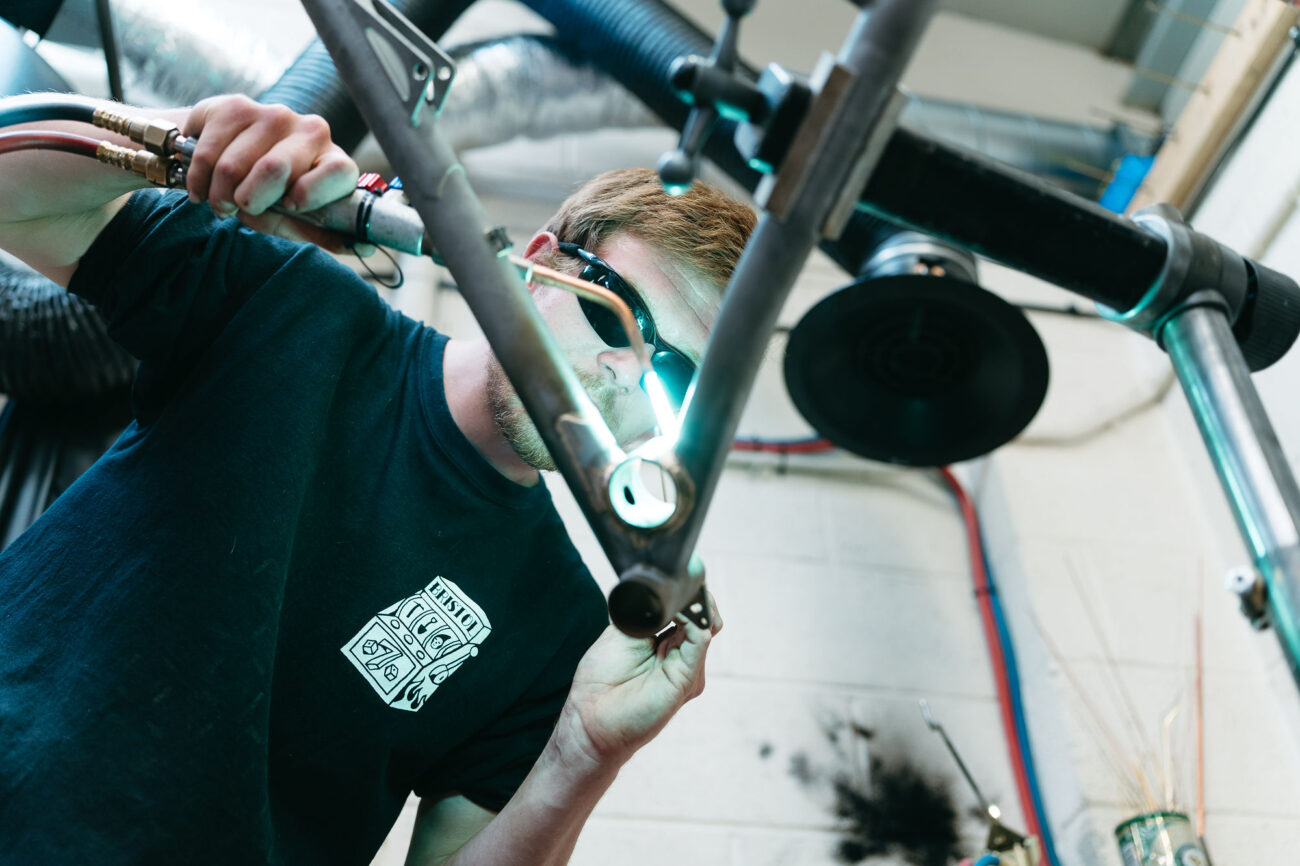
manufacturing quality
Environmentally, steel also has massive benefits over aluminium and carbon.
Steel and indeed aluminium can easily, and are readily, recycled.
In fact on average 85% of the worlds steel is recycled, including my bikes. One steel bicycle brand recently used this as a marketing point, “Our frame are mostly made from recycled steel”, all steel bikes are, dummy.
Carbon fibre cannot be recycled, as much as some companies lie and tell you it can. It can be reused, but in all cases, the quality of the material is degraded, often it is just crushed and used as filled in much lower grade composite materials.
The word recycled means it can go back to the start and this cycle can continue forever, but more important than recycling is repairability. Recycling is good, but in all cases you need to put in large amounts of energy to get the material back to its original state. A much better solution is to be able to repair and continue to use the product.
Steel can easily be repaired; tubes can be replaced, patches added, dents removed. This is possible with aluminium, but top-end bicycle frames will always require heat treating post welding to achieve full strength. Carbon can be ‘cosmetically repaired, but structural repairs are tricky and not reliable as you are unable to see any internal damage within the structure.
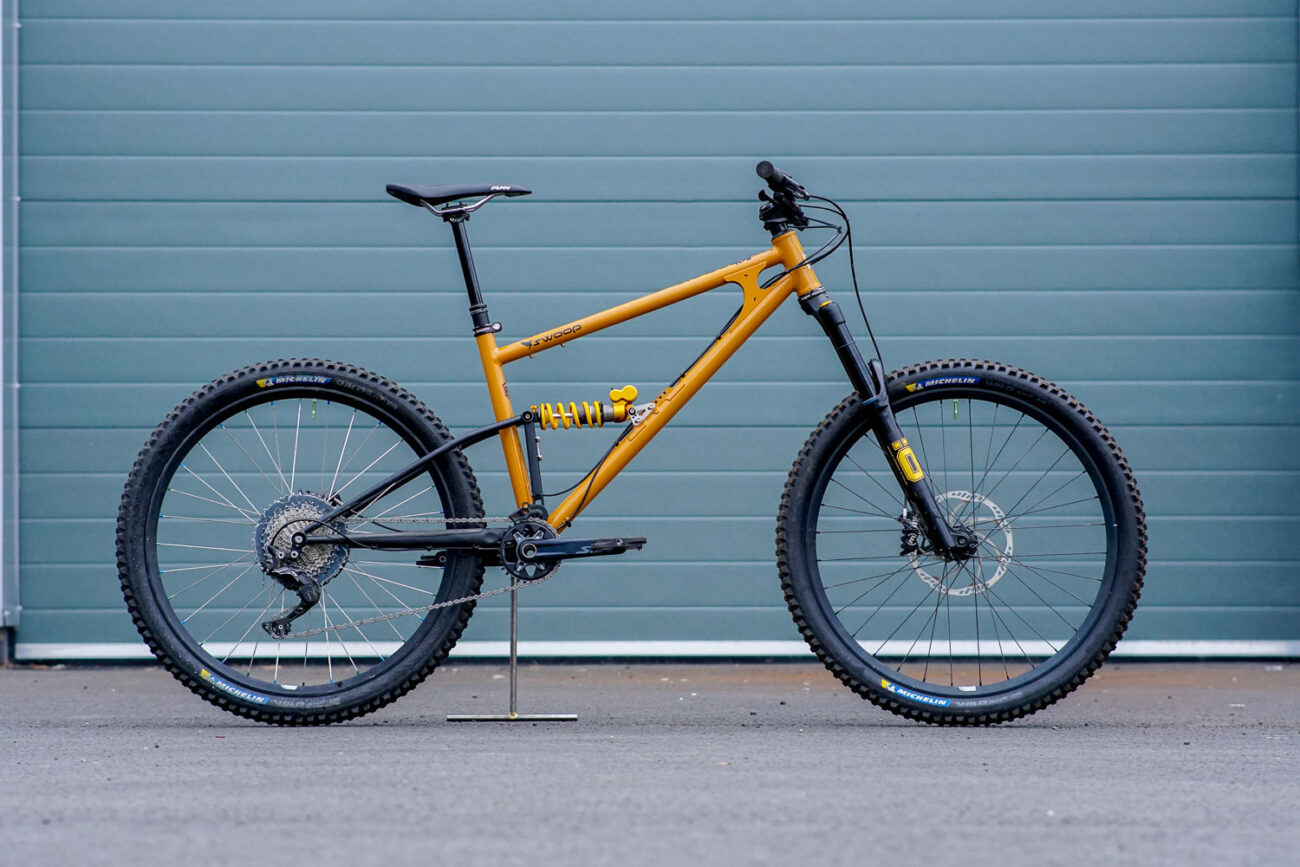
So is steel perfect?
No, of course not. Steel isn’t perfect.
One of the biggest issues is that it rusts, but careful treatment can significantly reduce this. And realistically the timescales for a bike to rust are very long.
There are plenty of steel frames out there that have never been looked after, but that are still riding around decades after being built.
Steel is also quite hard to manufacture into complex forms. Bending tubes is hard, sections tend to need to be round, machining of complex parts is hard and expensive. But with careful and considered design, it can be achieved. To me this challenge actually gives Starling bikes their unique elegant design.
Steel is also heavier than aluminium or carbon fibre. Specifically, it’s strength to weight ratio isn’t quite as good. But that’s only half the story, the poor fatigue characteristics of aluminium, and the poor damage capability of carbon composites mean designers need to add material to overcome these negatives.
If you stick to simple and elegant design, and use the material as efficiently as possible, a steel frame weight is comparable to aluminium frames and only slightly heavier than carbon bikes
And that's that
Hopefully that’s helped explain why Starling Cycles mountain bike frames are made of steel – and whether steel is a better material than carbon or aluminum for mountain bike frames.
We hope you find that interesting – feel free to drop us a line if you have any questions or comments!

